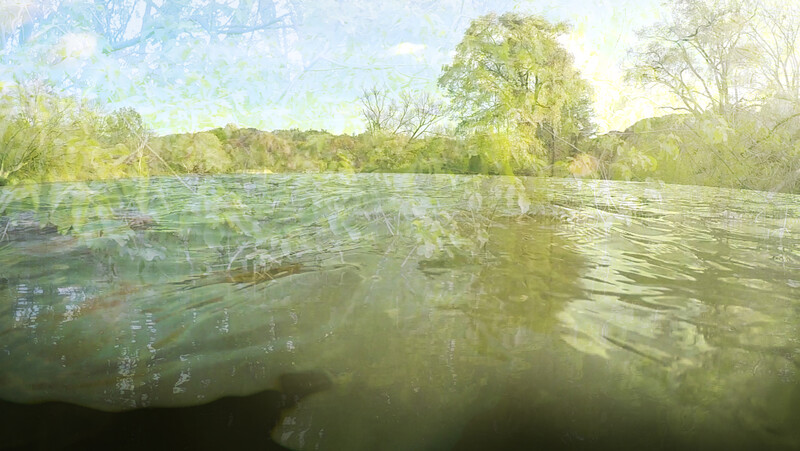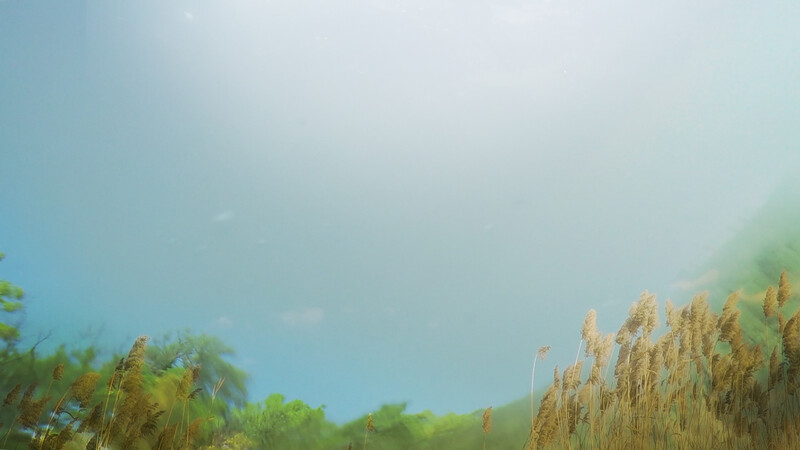- 02.0Cover
- 02.11:10000Dana Prieto
- 02.2How to Read this Broadsheet
- 02.3Fort McMurrayMatt Hern, Am Johal
- 02.4Clouds and Complexity: Viewing the Earth from SpaceKent Moore
- 02.5A memory, an ideal, a propositionKarolina Sobecka
- 02.6Alterlife and Decolonial Chemical RelationsMichelle Murphy
- 02.7ᔥᑲᑲᒥᒃᐌ ᑭᑐ
Shkakamikwe Kido
It Comes Through The LandNatasha Naveau - 02.8St. Lawrence CrossingSydney Hart
- 02.9Sister WaterAndrea Muehlebach
- 02.10Changing TogetherStanka Radović
- 02.11The Right to ChargeFraser McCallum
- 02.12What is The Market?D.T. Cochrane
- 02.13Canada’s Waste FlowMyra J. Hird, Canada's Waste Flow
- 02.14A Brief History of Lake Ontario and Lake Ontario WaterkeeperHarvey Shear
- 02.15Reflecting on Sustainable Transportation
The Climate Change Project, City of Mississauga
- 02.16Local Useful Knowledge: Resources, Research, Initiatives
- 02.17Glossary
ᔥᑲᑲᒥᒃᐌ ᑭᑐ
Shkakamikwe Kido
It Comes Through The Land
- Natasha Naveau


Language is integral to conveying and maintaining knowledge of the perspectives on and relationships to land and each other—it can enable verbal forms of placemaking that affirm Indigenous presence in this territory. Placemaking is not just about rebuilding the traditional, or establishing modern-day versions of Indigenous structures. It’s about the time, effort, and relationships that are built while relearning ways of knowing, embracing cultural practices, and engaging with the land, water, plant, and animal nations.
These images (from two projects, Shakamikwe Kido and Beyond Acknowledgement) intersect at a place that looks deeply at this engagement—spaces of common ground where history and relationships were forged—and explore how centring the water has been vital to understanding it as the constant observer and connector of all beings in this territory. Personally, undertaking these projects has brought me closer to the land and water in a way that many have experienced before—healing wounds from intergenerational trauma, and reconnecting to the Earth that continually supports us in both material and unseen ways.
The layering and fragmentation of documentary imagery emerged from the process of learning about the histories of Tkaronto and its waterways. Through the temporality of video, my work strives not only to reveal the movement and life of spaces but also convey the intersection of identities and nationhoods rebuilt with land and water at the centre. Gabekanaang-ziibi (or Cobechenonk)—before it was named the “Humber River”—is an Anishinaabemowin word conveying instructions about this waterway to “leave the canoes and go back.” Gabekanaang-ziibi is a major portage and trade route for the many Indigenous nations who travelled, harvested, and settled here for centuries before European settlement. As a pathway or meeting place, the Humber River holds much memory of this place, as well as structures, such as a teaching lodge, that attest to the histories of this region. The more visibility and presence structures like this have, the less Indigenous nations are deemed invisible in these spaces, and the more dialogue and knowledge transfer can take place. And these foregrounded histories can become opportunities to understand what an ethics of engagement with this land is, as relayed in treaties within this territory like the Dish With One Spoon Treaty: the dish symbolizes the land, and the spoon is how we interact with the land. It’s a treaty about sharing the land and promoting an ethics of responsible use—forcefully keeping in mind to make sure there’s enough left for those who come after.